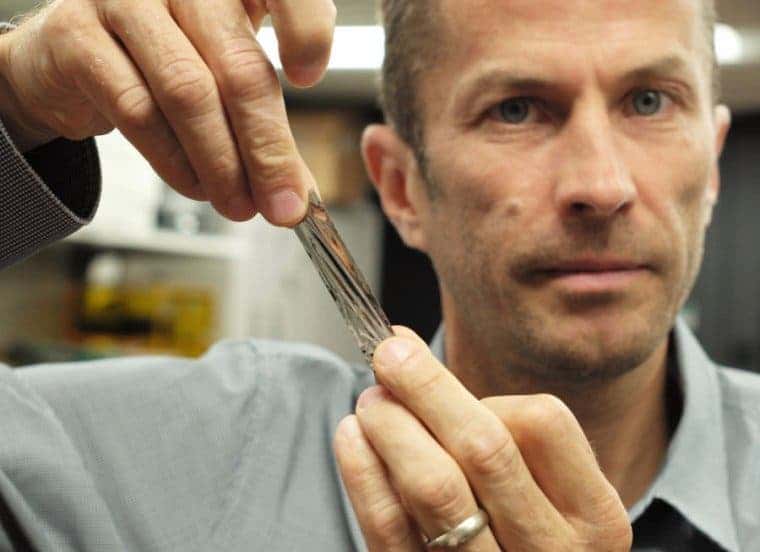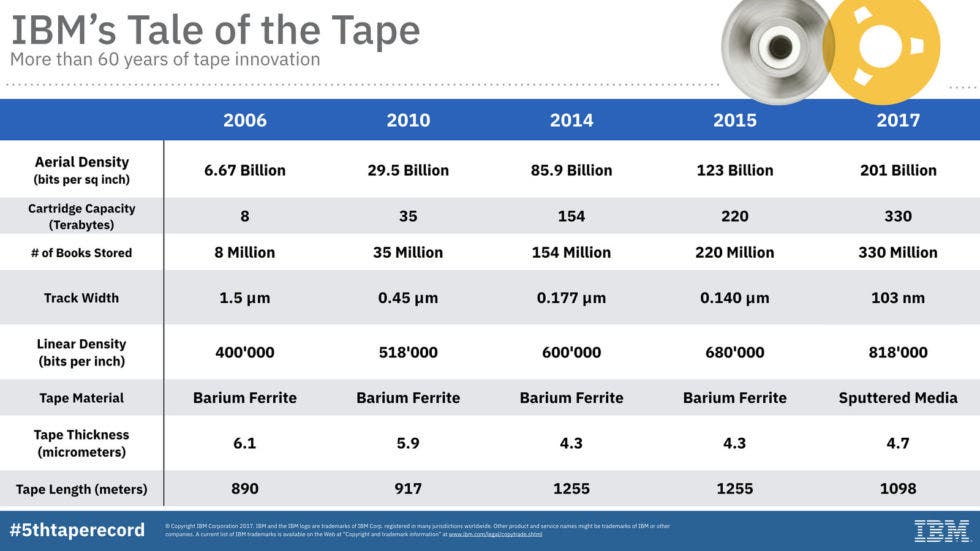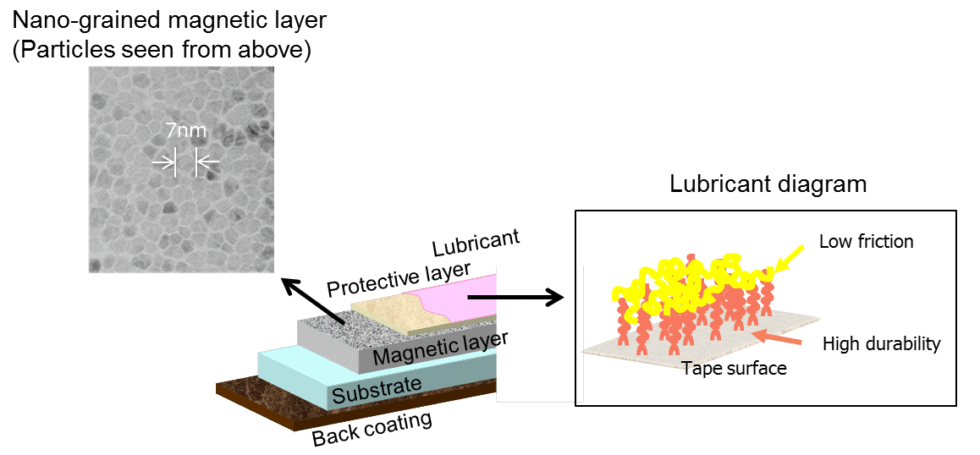IBM scientists just reported a breakthrough in storing data on magnetic tape. Their novel storage device can hold 330 terabytes of uncompressed data or enough to store 181,500 movies. The new record-breaking prototype has an areal density (how much information can be stored on a tape’s surface) 20 times greater than that typically seen in commercial tape drives.

In a time when computers used solid-state devices (SSD) to store and retrieve data, it might sound odd that some scientists are so interested in magnetic tapes. HDD already looks obsolete but aren’t magnetic tapes like the dinosaurs of computer storage? Not so fast.
Indeed, the first byte stored on a magnetic tape was in 1951. The first tape device was called UNISERVO and had a transfer rate of 7,200 characters per second. The tapes were metal and measured 1,200 feet long (365 meters) and therefore very heavy. Steadily the tech improved fast leading to smaller, better magnetic storage devices like the compact cassette.
The low transfer rate of magnetic tapes made them unpractical in the face of CDs and hard drives but to this day many businesses, universities or libraries depend on them. While they might be rather slow for today’s standards, the biggest benefit of using tape is reliability and data cohesion over a long time. Today, the magnetic tape is the first line of defense so to speak in every important backup system. For instance, when I visited earlier this year the multi-petaflops supercomputer facility at ECMWF — one of the global leaders in weather forecasting — the most impressive sight I was allowed to see wasn’t the drawer-sized supercomputers but rather a black, room-sized enclosure. Inside, I could see hundreds of small magnetic tape cartridges each neatly arranged in a designated place. Meanwhile, half a dozen robotic arms were constantly taking out cartridges and placing new ones for new read/write sessions. This facility was responsible for processing more data — data that is crucial to understanding both the climate and the weather — than any of us can really fathom. HDDs are too vulnerable to data corruption and doing the same with SSDs would cost as much as the yearly health care budget of a small eastern European country. Tape, which is 60-year old tech, is cheap and reliable.
“Tape has traditionally been used for video archives, back-up files, replicas for disaster recovery and retention of information on premise, but the industry is also expanding to off-premise applications in the cloud,” said IBM fellow Evangelos Eleftheriou in a pres statement. “While sputtered tape is expected to cost a little more to manufacture than current commercial tape, the potential for very high capacity will make the cost per terabyte very attractive, making this technology practical for cold storage in the cloud.”

The new IBM tiny cartridge can store 201 gigabits/inch^2, an unprecedented areal recording density and the product a multi-year-long collaboration with Sony. According to Sony, some of the improvements include “advanced roll-to-roll technology for long sputtered tape fabrication and better lubricant technology, which stabilizes the functionality of the magnetic tape.”

Right now, this fancy tape prototype is twice as small in terms of physical size than the 60TB Seagate SSD, which is the world’s largest commercially-available hard-drive. The key enabler here is sputtering — a special technique that can produce magnetic tape with magnetic grains that are just a few nanometres across, rather than tens of nanometers.
For more on this breakthrough, check out the paper published in IEEE Transactions on Magnetics.


